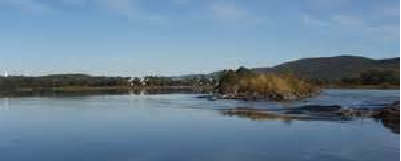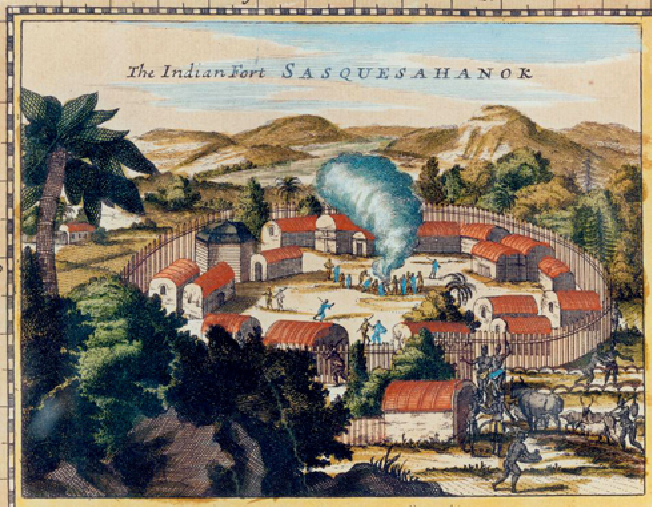THE SUSQUEHANNA RIVER
 |
|
The Susquehanna River is one of the oldest existing rivers in the world, even older than the 300 million year old mountain ridges it passes through on its way to the bay. In 1997, the Susquehanna was designated an American Heritage Rivers . At 464 miles long; it’s the longest river on the American east coast , the 16th largest river in the United States, and the longest river without commercial boat traffic in the continental US. Despite its age and heritage, the river's fate remains uncertain. In 2005, American Rivers named the Susquehanna "America's Most Endangered River,” threatened by pollution from farms, urban and suburban stormwater runoff, and raw or inadequately treated sewage. In 2003, the river contributed 44% of the nitrogen, 21% of the phosphorus, and 21% of the sediment flowing into the Chesapeake Bay. Throughout the course of our history, the river has shaped the land and the lives of the people who live near it. Now the river’s future is in our hands. The choices we make today along the banks of this river, could be our generation’s greatest legacy. When the first people came to this region 12,000 years ago, attracted by the abundance of fish and game, the river did not have a name. According to State archaeologist Barry Kent, author of Susquehanna’s Indians, “[They] did not call it Susquehanna, nor did [they] stand in great awe of its size and beauty. [They already] ...had seen and crossed many rivers in this new land.”
A Susquehannock palisaded village around the time of Smith’s voyage. Visit http://www.smithtrail.net/native-americans/ to learn more about John Smith and the Susquehannocks.
In 1608, the English explorer John Smith and his crew made contact with a party of Susquehannocks that traveled south to meet him from a village across the river from Highpoint. Smith described them as ... “like giants to the English…. yet [they] seemed of an honest and simple disposition,” and named the river after them. The Susquehannocks ruled the river for a century until trade with Europeans and disease led to their culture’s demise. “We can only hope,” Kent concludes, “that the natural course of cultural evolution will not lead our own way of life down the same path of extinction followed by the Susquehanna’s Indians.”
|

